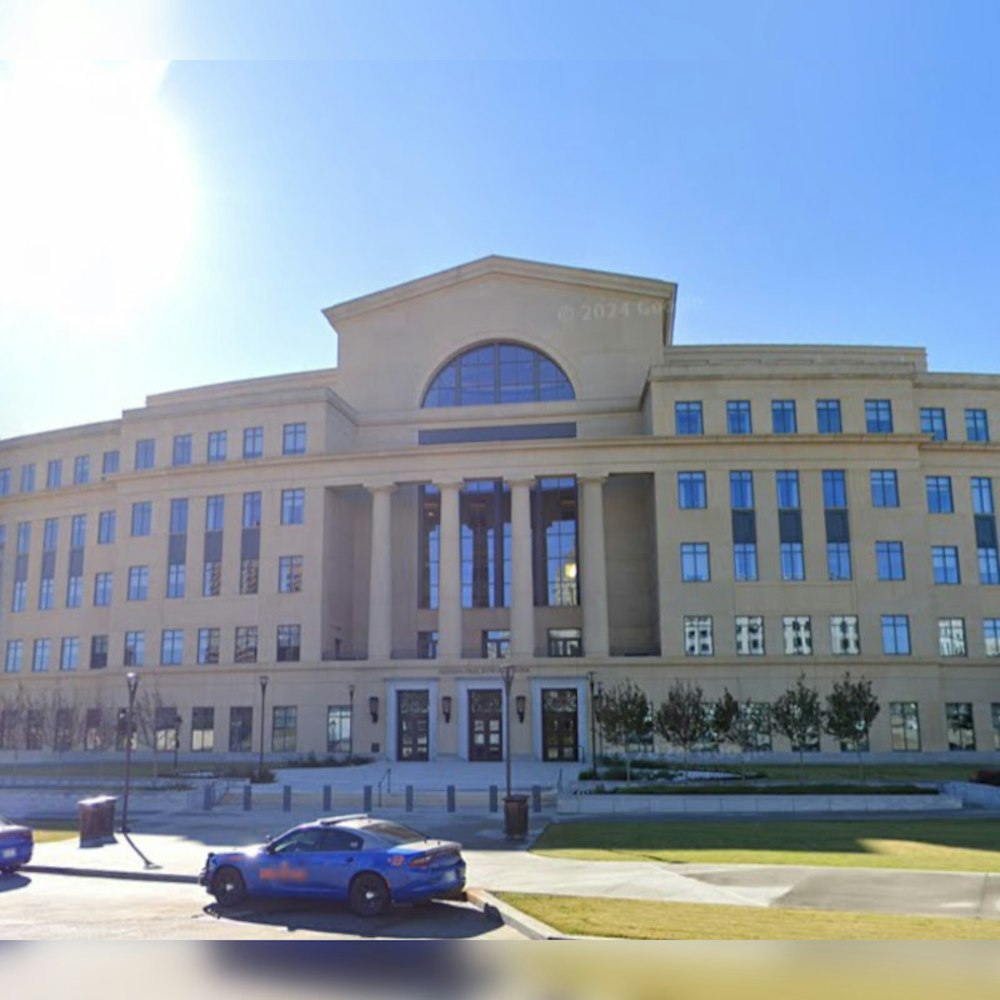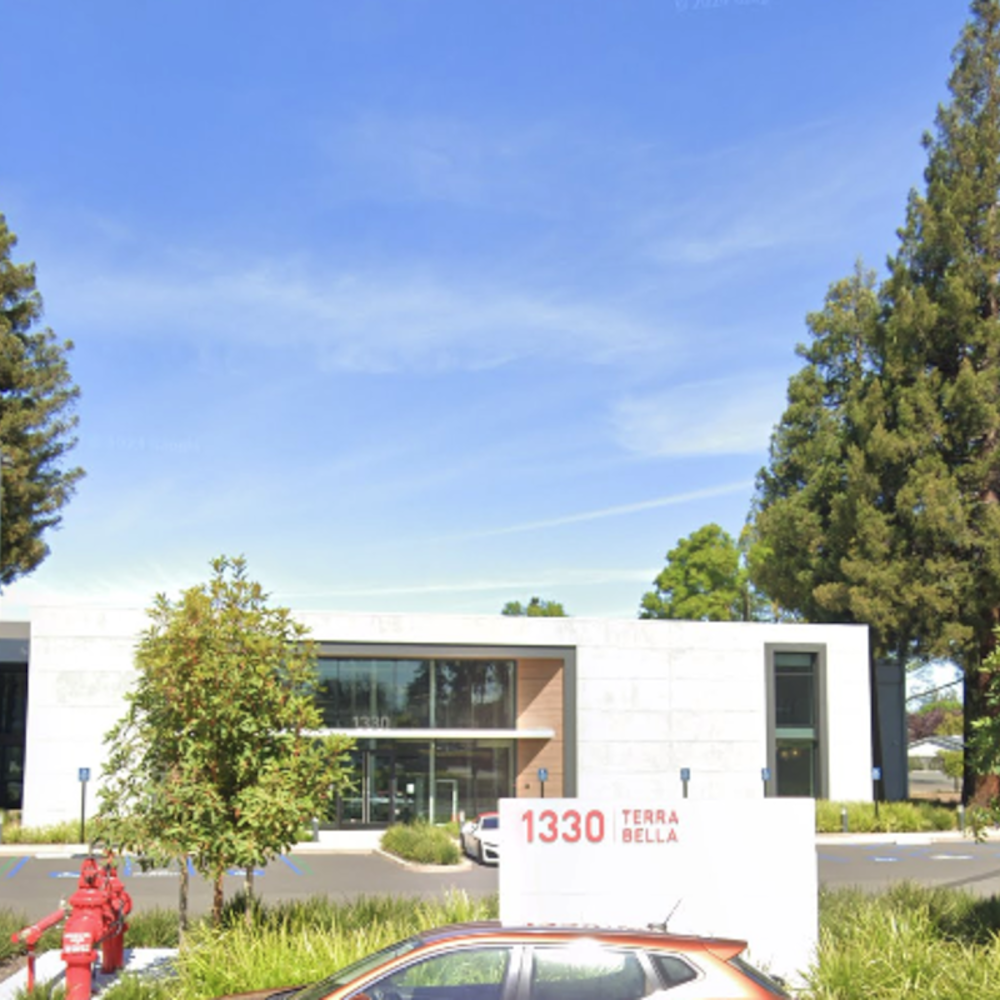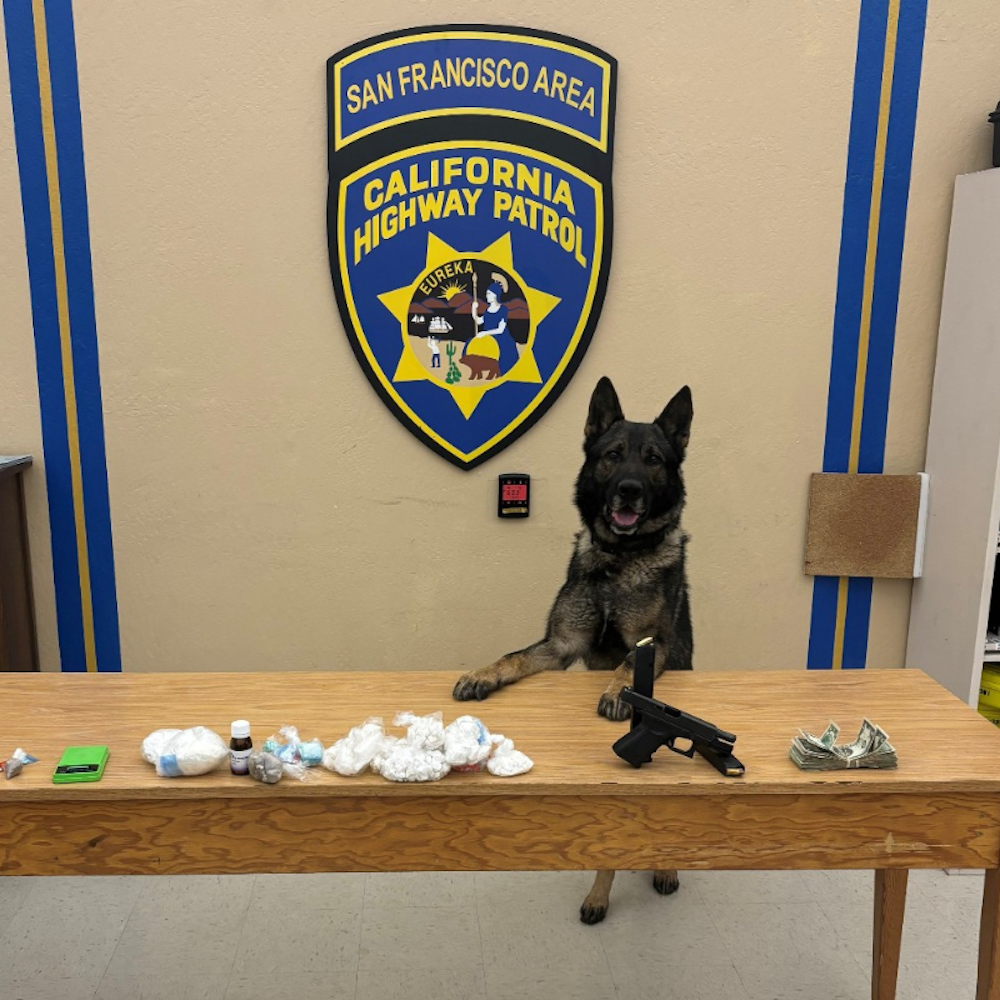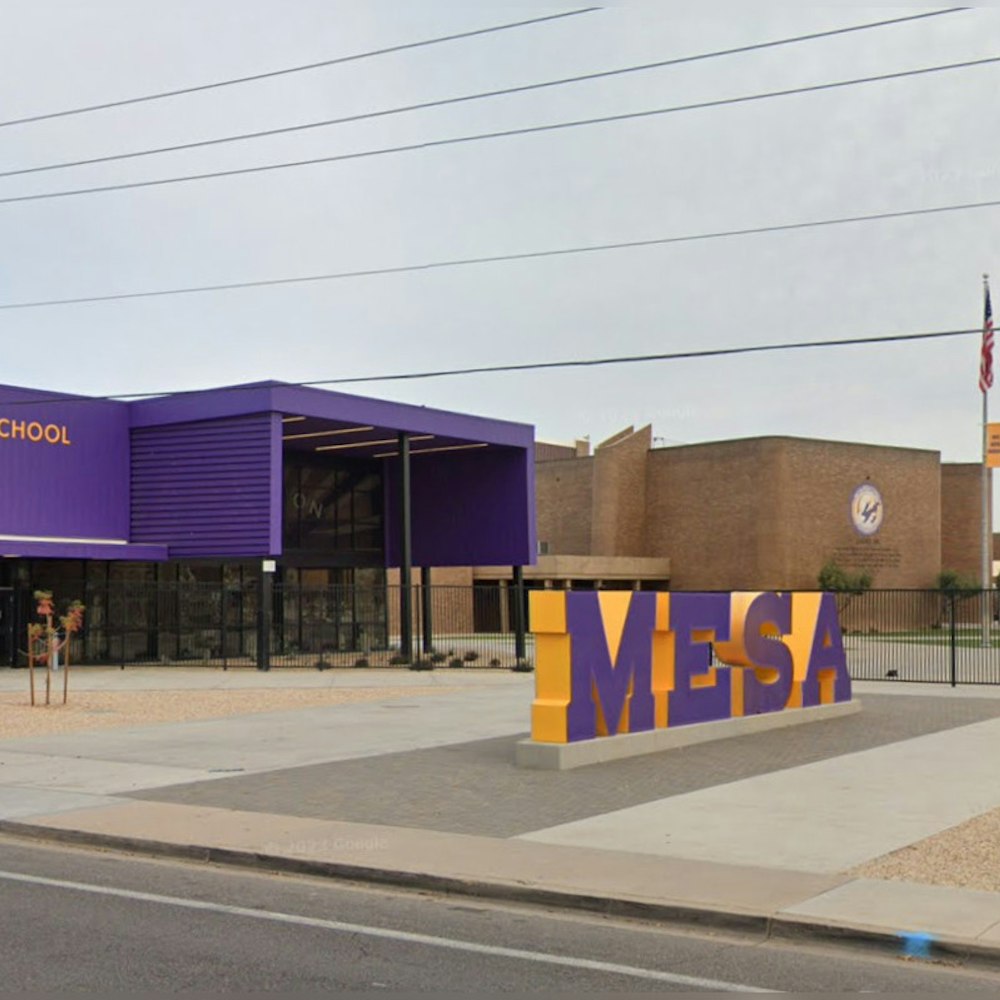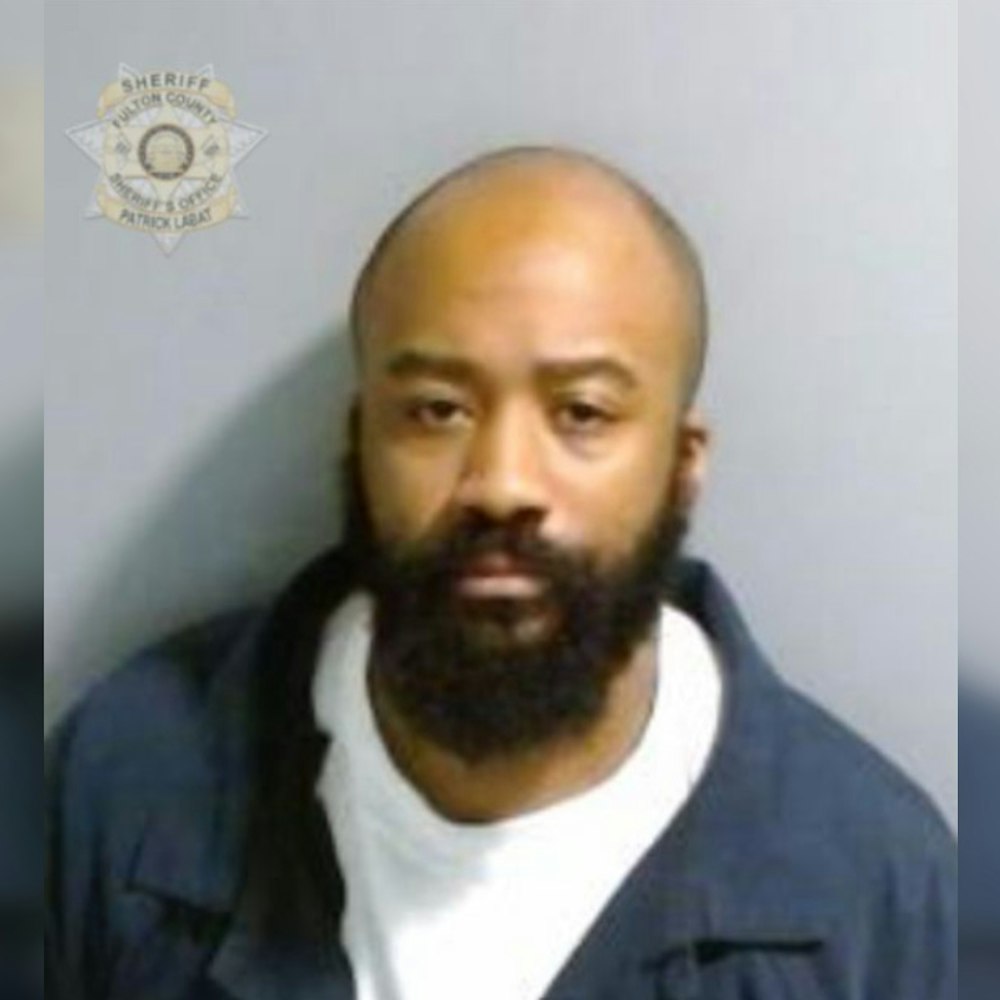
In a step aimed at amplifying regional security efforts, the Delaware River Port Authority (DRPA) has sanctioned the deployment of automated license plate readers on four notable Philadelphia-area bridges. The initiative, set to encompass the Ben Franklin, Walt Whitman, Commodore Barry, and Betsy Ross bridges, is a collaboration with the New Jersey Department of Law and Public Safety, and the Division of the New Jersey State Police, as reported by Patch.
With an agenda to fortify crime-fighting capabilities, the technology is expected to play a pivotal role in various operational arenas, including counterterrorism, tracking amber alerts, locating missing persons, and enhancing the overall detection and prevention of crime. Despite the evident focus on security, specifics regarding the commencement of installation remain under wraps, as noted by 6abc.
Once in place, the readers will be tasked with the identification of license plates linked to ongoing investigations or those flagged for potential security threats. "They will be able to read and identify license plates that may be of interest to law enforcement — whether they’re wanted for certain crimes, whether they’re part of a homeland security concern," DRPA chief security and safety officer, Robert Finnegan, explained in a statement obtained by NBC Philadelphia. The video surveillance system, as it operates, will be primarily in the hands of the New Jersey State Police. They are entrusted not only with the task of operating and maintaining the sophisticated setup but also shouldering the financial responsibilities linked to it.
Port authority officials have championed the system's potential, telling Patch that the license plate readers will augment their capabilities significantly in critical areas of concern. The installation of the technology in these prominent transit channels is a clear signal of an aggressive stance against illegal activities and a move toward heightened vigilance in the face of ever-evolving security challenges.


